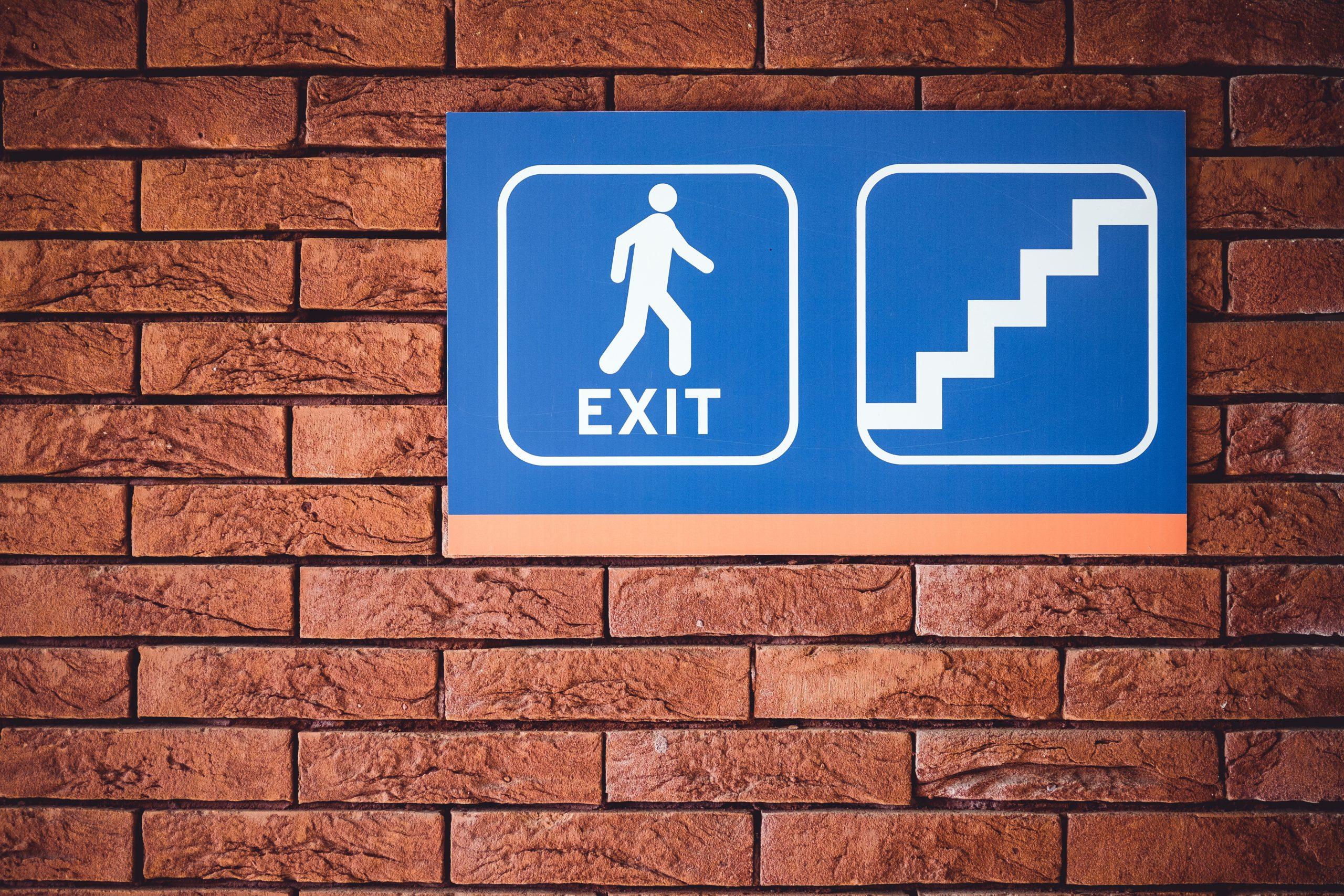From heavy rains to mudslides and wildfires, the past few years have shown us how vulnerable we are to disasters here in Southern California. Unfortunately, things are likely to get worse due to climate change.
Add to that the predictions of another major earthquake — and it all begs the question: Are you prepared to evacuate in case of an emergency?
A 2015 survey by Columbia University’s National Center for Disaster Preparedness found two-thirds of Americans are not.
Getting everything you need all together during an emergency can be overwhelming — that’s why Go Bags are growing in popularity, even here in Southern California.
What is a Go Bag?
A Go Bag is packed with essential items, kept ready for use in the event of an emergency evacuation of one’s home.
These are your personal emergency bags you grab, when say, the fireman or police officer knocks on your door and tells you to evacuate immediately. These bags, such as a duffle or backpack, should include items like lifesaving prescriptions, food, water and extra clothing to get you through the first few critical days.
Always keep your Go Bag near your front door or in a spot where it’s easy to reach on your way out of the house.
What’s Inside a Go Bag?
Here’s what the Red Cross here in Southern California recommends you have at a minimum in your Grab and Go kit:
• Water– One gallon per person, per day. (3-day supply for evacuation).
• Food–non-perishable, easy-to-prepare items (3-day supply for evacuation).
• First aid kit
• Medications (7-day supply) and medical items such as syringes.
• Pet supplies, including food and water.
Additional Go Bag Supplies
Create a complete preparedness kit by assembling items that enable you to provide comfort for a wide range of events, from everyday scrapes to life-threatening emergencies.
• Flashlight
• Battery-powered or hand-crank radio (NOAA Weather Radio, if possible
• Extra batteries
• Multi-purpose tool
• Manual can opener
• Sanitation and personal hygiene items
• Copies of personal documents (medication list and pertinent medical information, proof of address, deed/lease to home, passports, birth certificates, insurance policies)
• Cell phone with chargers
• Family and emergency contact information
• Extra cash
• Emergency blanket
• Map(s) of the area
Remember to check your kit twice a year to ensure that goods have not expired and that food is still safe to eat.
Tip: a good way to remember to check your kit every 6 months is to check it in spring and fall when you change your clocks between standard and daylight time.
